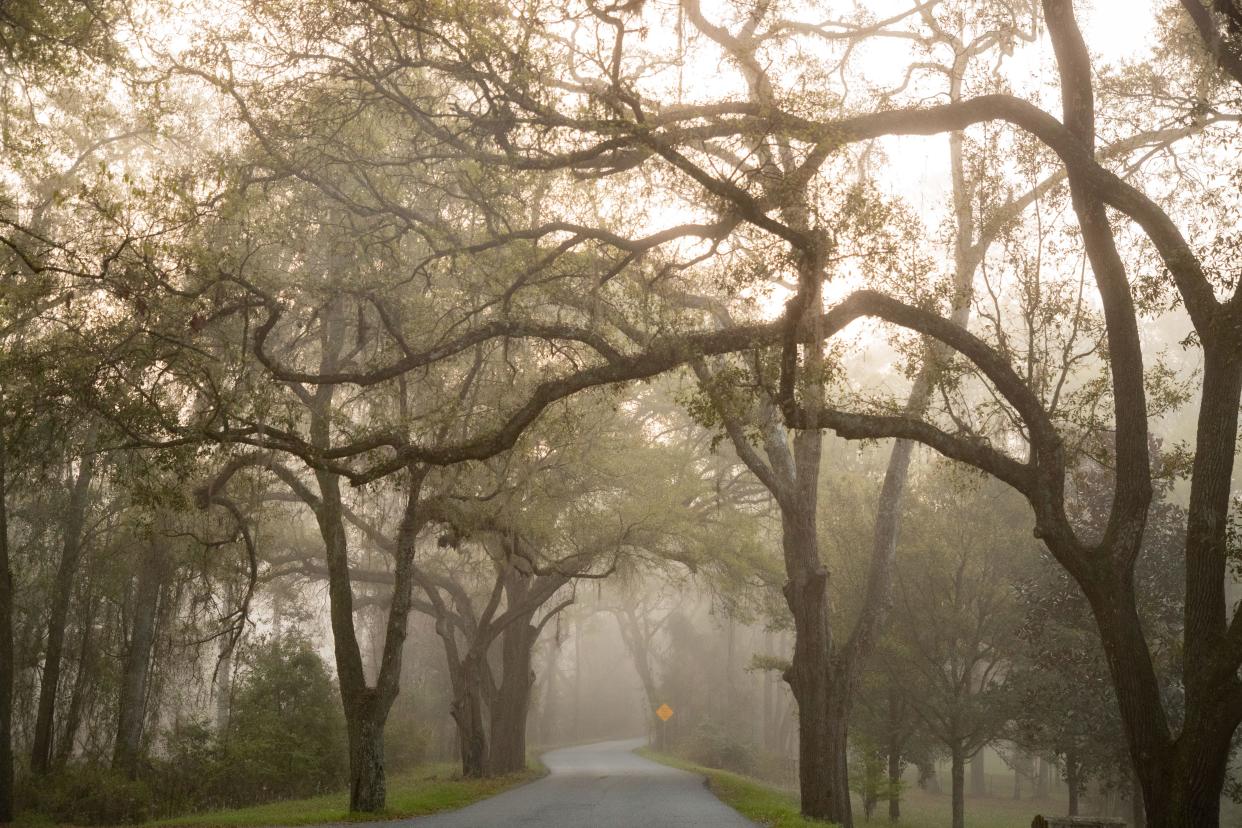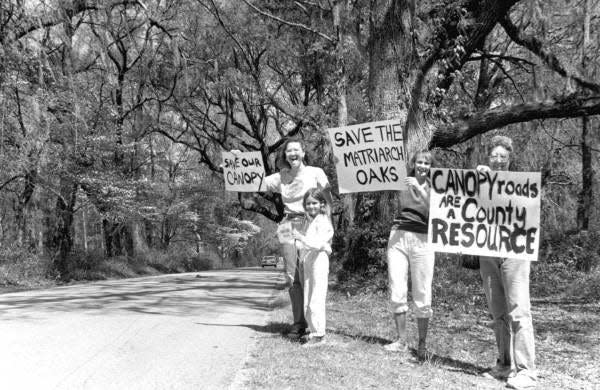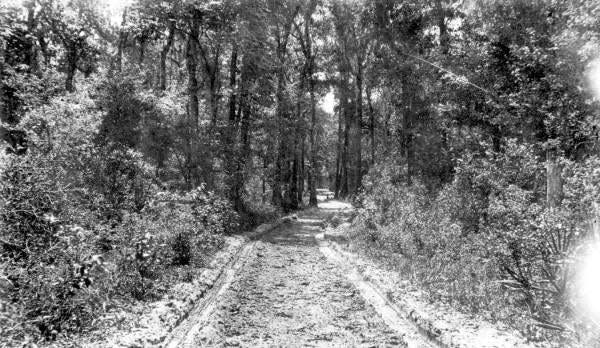Drive back into history on Tallahassee's canopy roads | TLH 200

Tree canopies shade 72 miles of roadway in Leon County, offering a scenic view for many who take the long and winding roads from the center of Tallahassee to its rural outskirts.
"If you want to kind of get away from things, you have these old roads that have this history and this aesthetic quality, so you can go for a drive out in the country and really experience what old Florida really is," said Artie White, the director of Planning, Land Management and Community Enhancement for the city and county.
Tallahassee has eight designated canopy roads: Meridian, Centerville, Miccosukee, Old St. Augustine, Old Bainbridge, Sunny Hill, Old Centerville and Pisgah Church.
The designation for canopy roads goes back to 1972, but the roads themselves date back to a time before Tallahassee was named the capital, even before the Spanish arrived in Florida.

Miccosukee Road was a Native American footpath that led to the village of Miccosukee, almost 21 miles away from downtown Tallahassee, according to British surveyors who made note of the path in 1767.
Old St. Augustine Road was literally that, an old road from Mission San Luis to St. Augustine that was once called El Camino Real in the 1600s. In the early 1800s, the federal government contracted John Bellamy to build a road from St. Augustine to Pensacola with Tallahassee as the midpoint.
At the time, Bellamy said he could build the road from St. Augustine to Tallahassee for $13,500. Bellamy used the labor of enslaved people to construct the road, which was 25-feet wide. An 1840 census, notes that Bellamy kept 100 people enslaved.
By the 1850s, Miccosukee Road and the other canopy roads were the main thoroughfares from cotton plantations into town and even all the way to port at St. Marks, where cotton was shipped to New York and New Orleans, Louisiana. The roads were instrumental in the establishment of cotton plantations.
In 1850, there were almost 1,000 plantations in Florida, according to census records. There were at least 20 major plantations in Leon County in 1860.

Unlike the other canopy roads, which twist and turn on their way out of town, Meridian Road is straight. Meridian Road started with a length of chain in 1824. Benjamin Clemens, a federal surveyor, laid chain down through Leon County to mark the Prime Meridian all the way to the Georgia border.
Most of the trees that make up the canopies are oak, maple and birch trees. Pine trees wouldn't have the same covering effect, White said. The canopy road zone, 100 feet from the center line of the road, also has more protections from encroaching development; not just buildings and homes, but also fences, sheds and utilities.
Meridian Road has been threatened by development more than the other roads, said Ann Bidlingmaier, who was president of the Canopy Roads Citizens Committee for six years.
"But fortunately, for the most part, the city and county commissions have been unwavering in their support of canopy roads," she said.
Even in the middle of winter, the view from the 22nd floor of the Capitol shows the city enshrouded in trees.
"Except for a few state buildings, Doak Campbell Stadium and Lake Jackson, the city lies under a carpet of green," wrote Democrat writer Gerald Ensley in 2000.
"For so many of us, raised in faceless concrete communities elsewhere, Tallahassee's chief appeal has always been its natural physical beauty. Even as the city's development has exploded, Tallahassee has retained that natural charm," he added.
This story is part of TLH 200: the Gerald Ensley Bicentennial Memorial Project. Throughout our city's 200th birthday, we'll be drawing on the Tallahassee Democrat columnist and historian's research as we re-examine Tallahassee history. Read more at tallahassee.com/tlh200. Ana Goñi-Lessan can be reached at agonilessan@gannett.com.
This article originally appeared on Tallahassee Democrat: Tallahassee canopy roads: 72-miles of shaded history

